Coreopsis ‘Tickseed’ – This Is An Easy Plant To Grow In The Right Setting

ANNUALS > COREOPSIS

Elizabeth is a Permaculture Garden Designer, Sustainability Consultant and Professional Writer, working as an advocate for positive change. She graduated from the University of St. Andrews with an MA in English and Philosophy and obtained a Diploma in Applied Permaculture Design from the Permaculture Association.
Reviewed By PETER LICKORISH

Peter is a Horticulture Lecturer and self-employed Horticulturist, with a passion for diverse areas of the industry - from garden design to the science behind plant growth and propagation. He has completed the Royal Horticultural Society’s Master of Horticulture (MHort) Award and lectures on RHS courses at Bedford College.
COREOPSIS GUIDES
Coreopsis, also known as ‘Tickseed’, can either be grown as an annual or a perennial here in the UK.
Both types can be attractive additions to a summer garden, with cheerful daisy-like blooms that come in a range of colours.
Though not native to Britain, this can be a good choice for those who wish to attract wildlife to their gardens.
The beautiful blooms are a boon for bees, butterflies and other beneficial insects, and birds like to eat the seeds.
This is an easy plant to grow in the right setting and can enrich an informal and relaxed-looking garden with its lovely flowers that are bound to put a smile on your face.
Overview
| Botanical Name | Coreopsis |
| Common Name(s) | Tickseed |
| Plant Type | Annual / Perennial |
| Native Area | North & South America |
| Hardiness Rating | H3-H6 |
| Foliage | Deciduous |
| Flowers | Daisy-like flowers in yellows, pinks, oranges, reds, and other bright colours |
| When To Plant | May-June |
| When To Prune | October-November or March |
Sunlight
Preferred
Full Sun or Partial Shade
Exposure
Exposed or Sheltered
Size
Height
0.5 – 2M
Spread
0.1 – 0.5M
Bloom Time
Summer / Autumn
Soil
Preferred
Chalk, loam or sand
Moisture
Moist but well-drained
pH
Any
Coreopsis is a genus which contains a number of species in the Asteraceae plant family, commonly called calliopsis or tickseed, though this is a name that they share with a number of other plants.1Coreopsis. (n.d.). New Jersey Agricultural Experiment Station. Retrieved March 14, 2023, from https://njaes.rutgers.edu/plant-of-the-month/coreopsis.php
There are between 75-80 species in all, all of which are native to North, Central or South America.2Coreopsis “Jethro Tull.” (n.d.). Missouri Botanical Garden. Retrieved March 14, 2023, from https://www.missouribotanicalgarden.org/PlantFinder/PlantFinderDetails.aspx?taxonid=270827&isprofile=0&
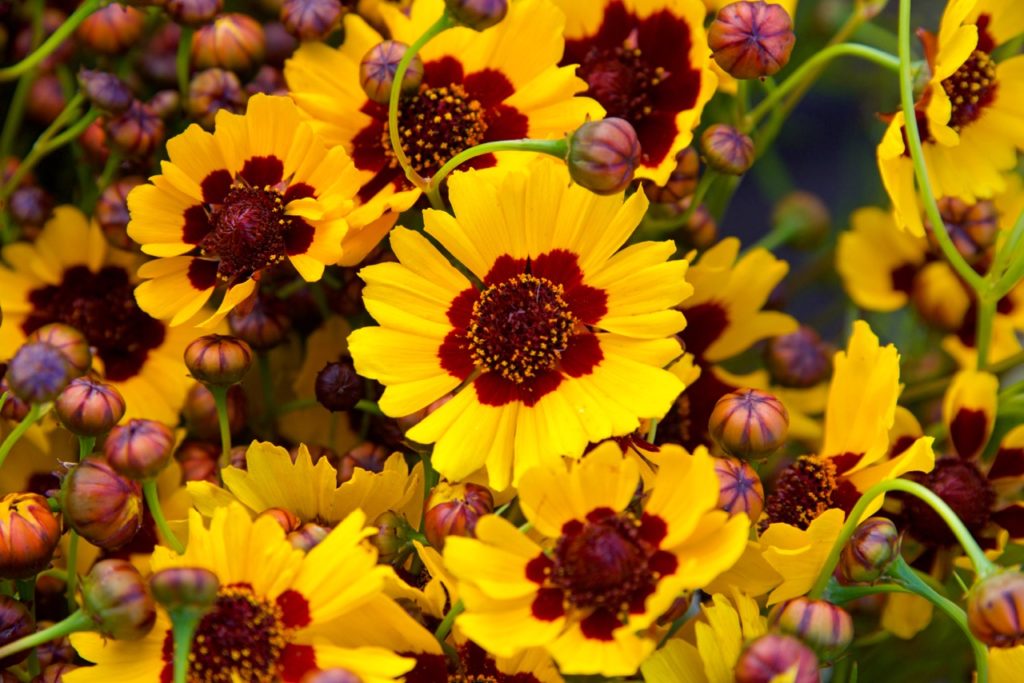
There are many different species and named cultivars of coreopsis grown in the UK.
If you are considering growing some, the first decision that you will have to make is whether you will grow an annual or perennial type.
Growing From Seed
Annual coreopsis can be sown in the ground, where they are to bloom in March or April, or can be sown under cover from late winter to early spring.
The seeds should be grown in a moist yet free-draining seed-starting medium and should not be covered with compost – they need lots of light to germinate.
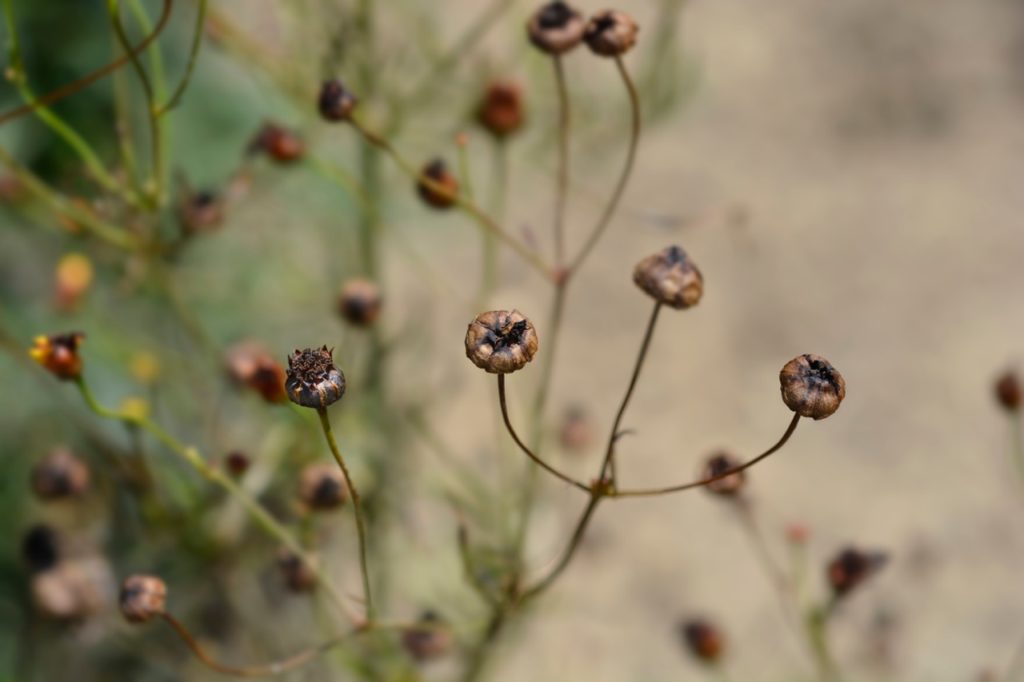
Seedings from direct-sown seeds should then be thinned to around 15cm apart.
Perennial coreopsis is best sown under protection in late winter or early spring and then grown on in pots before they are hardened off and planted out.
Planting Tickseed
Coreopsis of both types should be planted out in May or June, having been hardened off if they were sown indoors.
For more tender types, it is very important to wait until after the last frost date and until after the weather has warmed up reliably where you live.
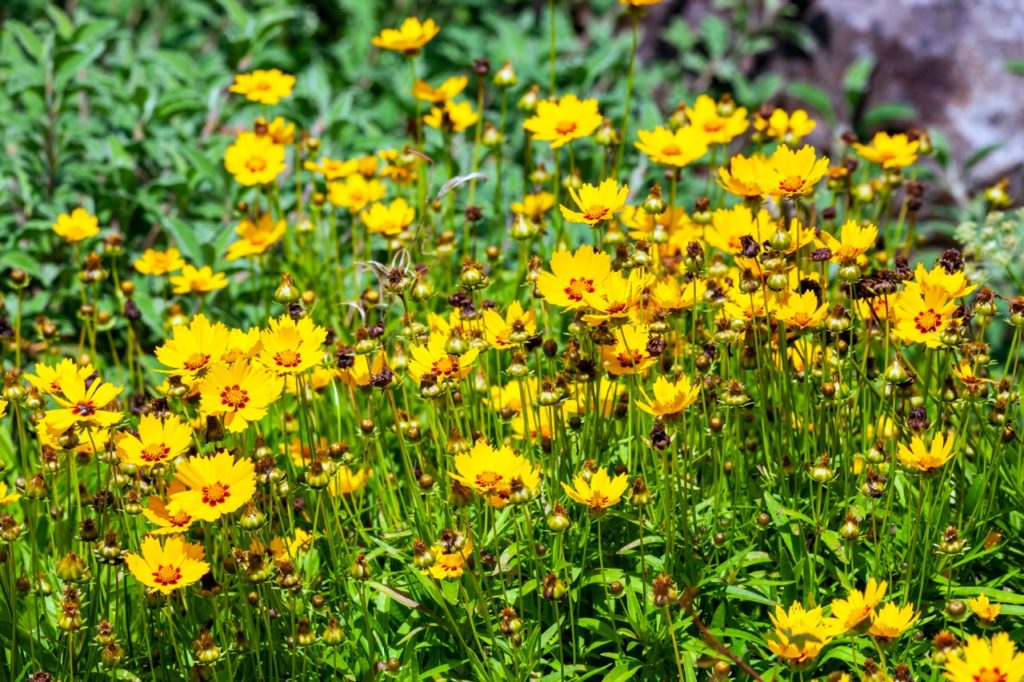
Perennial coreopsis divisions from established plants should be planted in early spring.
Simply prepare a suitable growing area in the garden, or a container filled with a suitable, free-draining growing medium, and place the plants into their planting holes before firming the soil back around them.
Ongoing Coreopsis Care
When you choose the right spot, tickseeds can be incredibly easy to grow and care for.
Preferred Aspect
Plant coreopsis in full sun or partial shade.
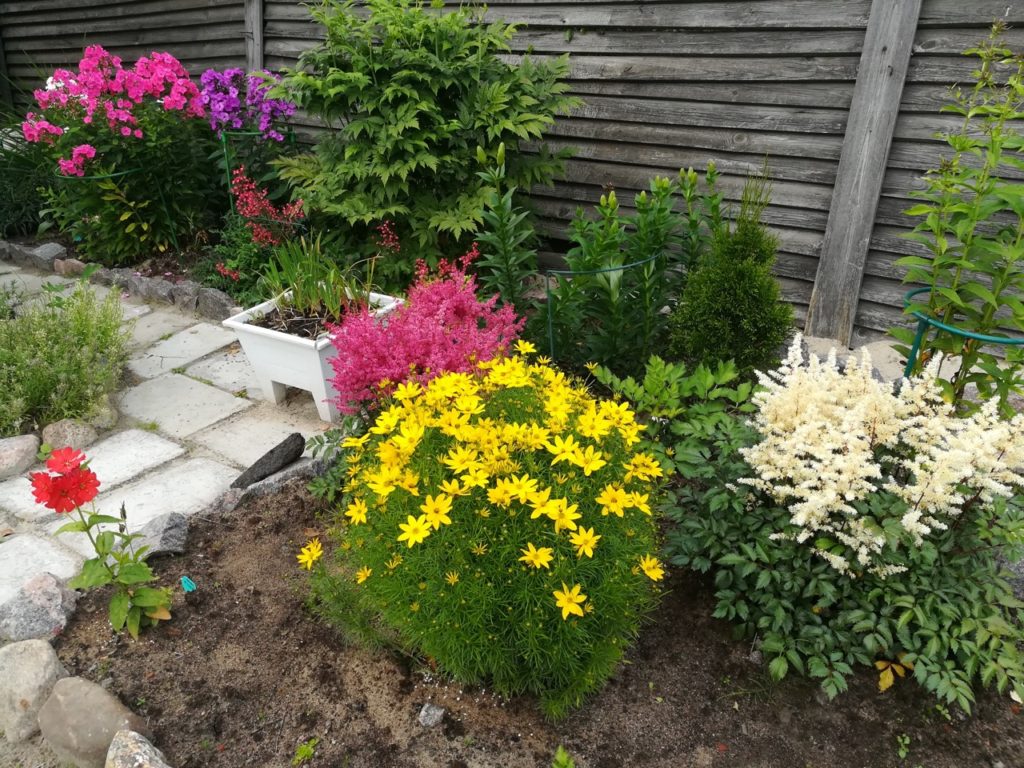
Most coreopsis can cope with both sheltered or exposed positions, but taller perennial types are best grown in a more sheltered spot, as they might require some additional support if planted in a windy location.
Soil Requirements
Coreopsis grows well in chalk, loam or sandy soil.
A soil that becomes waterlogged, cold and damp will not be suitable, as the one main thing that these plants cannot tolerate is having ‘wet feet’.
When growing in pots, use any peat-free multipurpose compost or homemade equivalent and just make sure that it is sufficiently free-draining.
Watering
Coreopsis growing in the ground should usually be watered regularly during establishment but should be fine with natural rainfall once established.
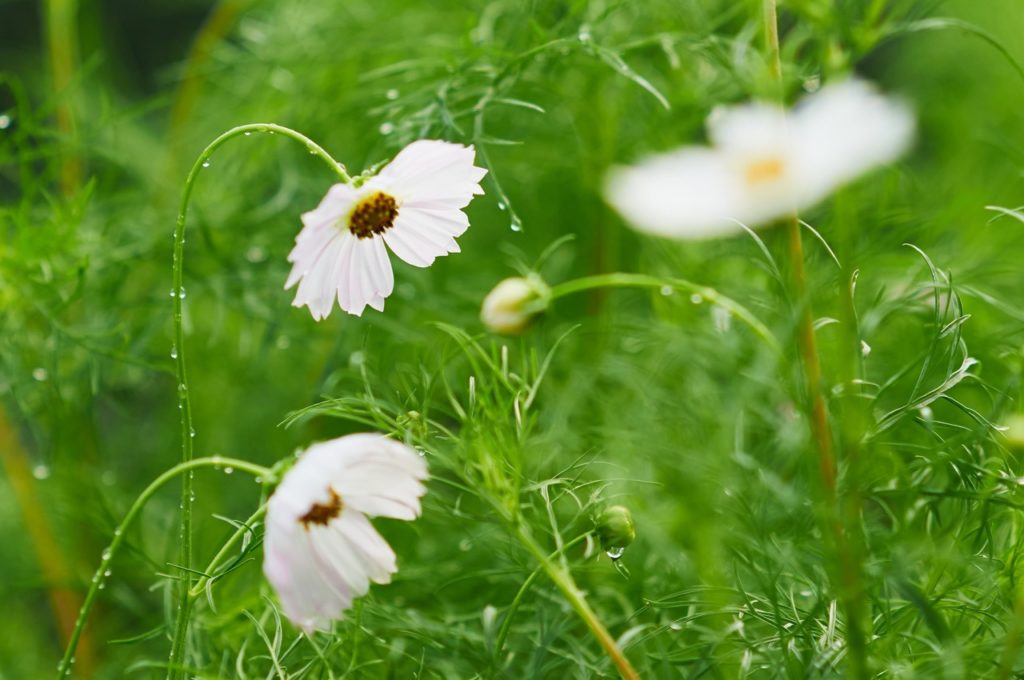
Coreopsis growing in containers should be watered regularly to provide even moisture levels throughout the summer months.
Fertilising
Perennial types growing in the ground and annuals growing in reasonably fertile soil should not require additional feeding beyond an organic mulch.
However, those grown in containers for summer displays should be fed every 2 weeks with an organic liquid plant feed high in potassium to boost flowering (like comfrey tea, for example).
Pruning
Deadheading coreopsis, especially when they are growing in containers, can help keep them looking good and encourage more blooms.
Perennials in borders can also be deadheaded, but it is best to leave the heads on to provide food for birds which eat the seeds.
Perennials can be cut back in autumn, but it is best to leave the habitat for wildlife and cut back close to the ground in the spring just before new leaves emerge.
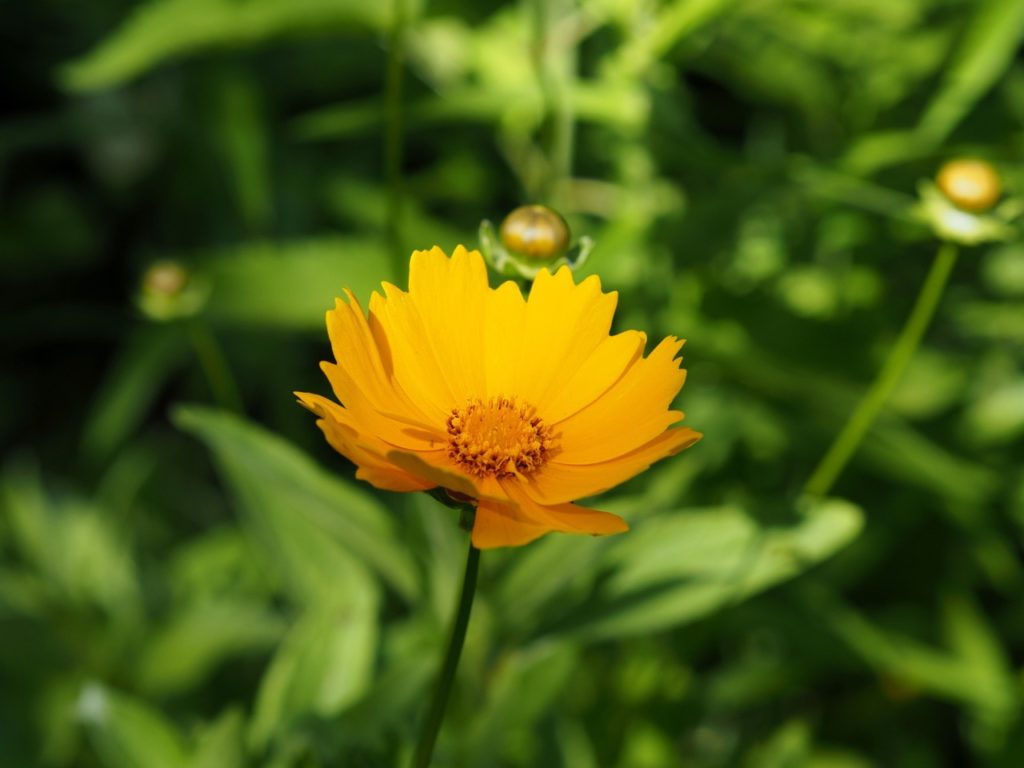
“Dead-heading Coreopsis, as with Dahlias, can be a bit of a challenge, as buds and spent blooms look similar,” adds Peter Lickorish, a Master Horticulturist.
“Buds tend to be firm and more rounded and, if elongated, the bright new petals are visible.
“Spent blooms are usually elongated and soft or mushy.”
Flowering
Coreopsis are generally easy and reliable growers and will bloom readily when provided with the right conditions.
If they fail to bloom, environmental issues, such as insufficient sunlight, are usually to blame.
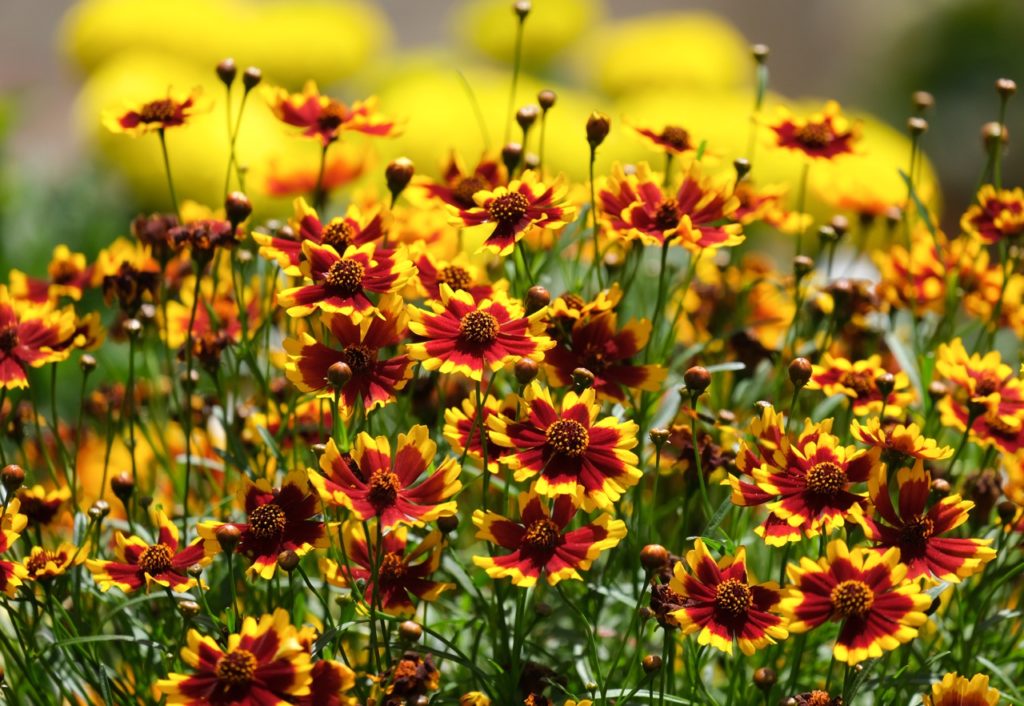
It is also important to avoid overfeeding, especially with a nitrogen-rich feed, since this can encourage foliage growth at the expense of blooms.
“Coreopsis tinctoria flowers can be used to dye wools and fabrics in various sunset colours – another facet to this fascinating plant,” adds Peter.
Common Problems
One of the biggest dangers to coreopsis plants are slugs and snails, which can be a major threat, especially to seedlings and young plants.
Make sure that you attract plenty of predators that eat these pests to your garden (birds and hedgehogs are probably the most common).
These will help to keep their numbers down; consider adding a protective barrier over, or wool compost around, young plants until they become more established.
Transplanting
If you wish to transplant perennial coreopsis, the best time to do so is either in early spring, perhaps when you are dividing a mature specimen, or in September.
Propagating
Aside from growing coreopsis from seed, the other main method of propagation is by means of the division of mature perennial types.
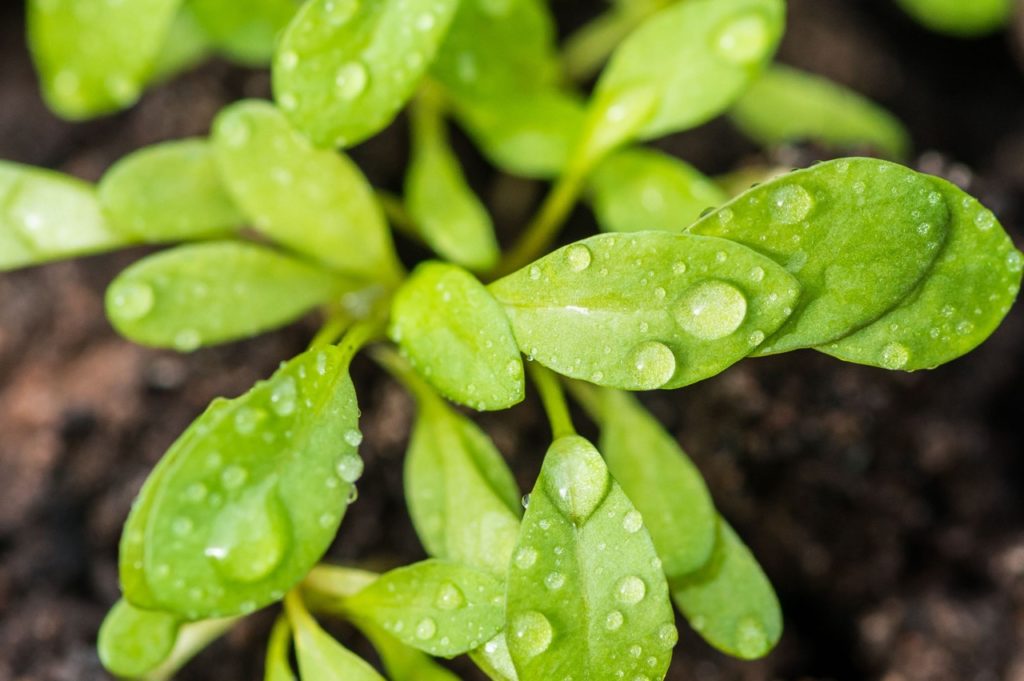
Perennial coreopsis at least a few years old can be lifted, divided and replanted early in the spring.
Companion Planting
Annual coreopsis can work well in bright and cheerful summer displays with a wide range of other annual flowers which like sunny and free-draining conditions in containers or borders.
Perennial types of tickseed are ideal for informal prairie planting schemes alongside echinacea, yarrow, Ammi majus, asters, penstemons, helenium, salvias, verbena, verbascum and ornamental grasses.
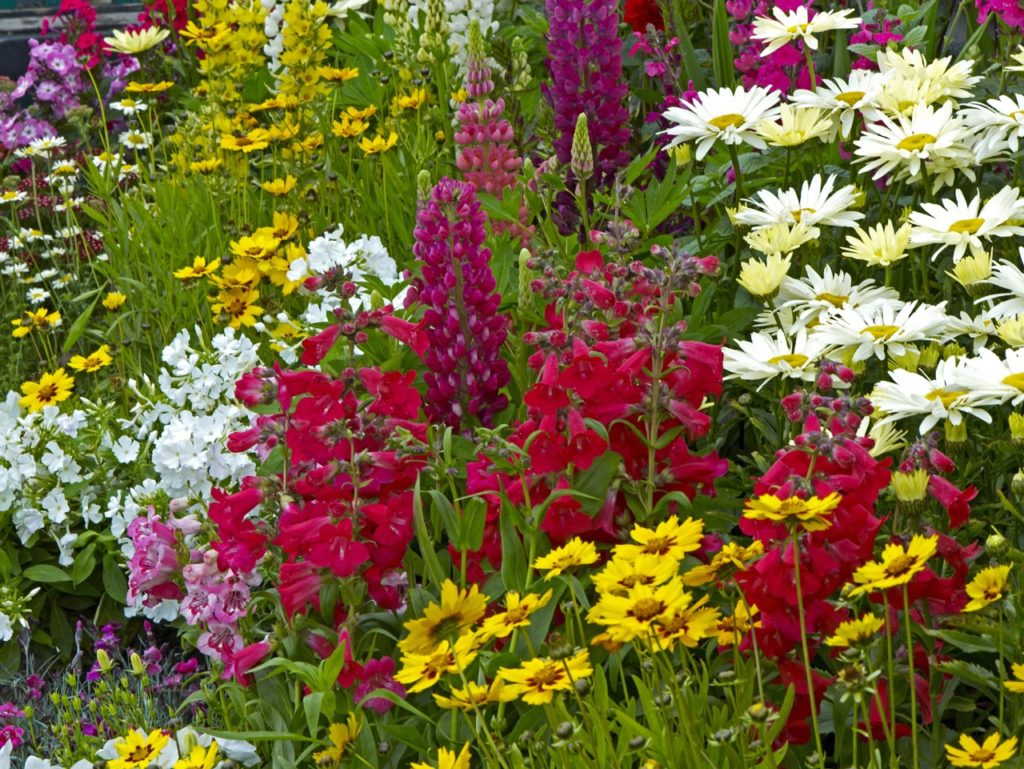
They can also blend well into Mediterranean-style borders along with lavender, thyme, and other Mediterranean herbs.
This is a versatile flowering perennial which can work well in a wide range of different schemes for a sunny and free-draining spot.
References
- 1Coreopsis. (n.d.). New Jersey Agricultural Experiment Station. Retrieved March 14, 2023, from https://njaes.rutgers.edu/plant-of-the-month/coreopsis.php
- 2Coreopsis “Jethro Tull.” (n.d.). Missouri Botanical Garden. Retrieved March 14, 2023, from https://www.missouribotanicalgarden.org/PlantFinder/PlantFinderDetails.aspx?taxonid=270827&isprofile=0&
